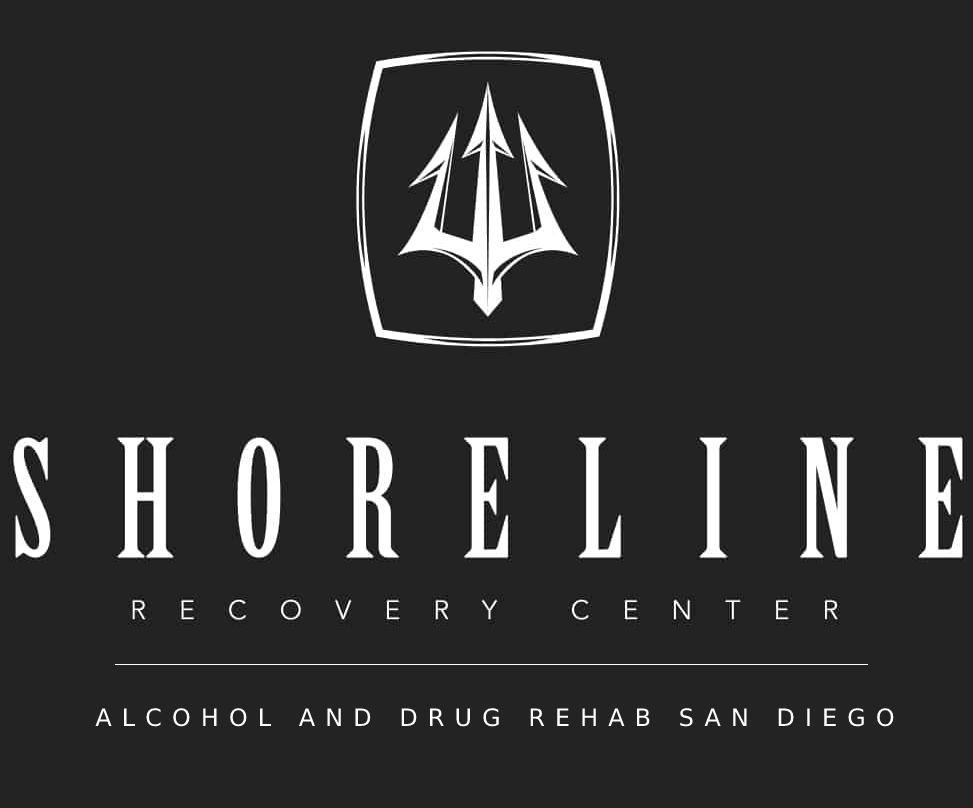About 450 million people worldwide suffer from bipolar disorder and are forced to navigate the negative myths and stigmas that people with bipolar disorder often face. The greatest weapon against myths, stigmas, and prejudices is knowledge. Knowing what bipolar disorder is, what treatments are available, and how people may struggle with bipolar symptoms makes it easier for people to employ and work with people with bipolar disorder, as well as helping people experiencing bipolar symptoms receive proper treatment.
Different Types of Bipolar Disorder
The different categories and severities of Bipolar Disorder are frequently misunderstood. Many people don’t know that there are several different types of bipolar disorders that range in severity. According to the National Institute of Mental Health (NIMH), bipolar disorder is typically broken up into three categories: bipolar I, bipolar II, and cyclothymic disorder. The difference between bipolar I and bipolar II is the severity of mania. People with bipolar II tend to experience a less severe type of mania, referred to as hypomania. Bipolar I symptoms may also include psychotic symptoms such as hallucinations or delusions which do not appear in bipolar II disorder.
Both bipolar I and bipolar II are defined by experiencing patterns of manic or hypomanic and depressive episodes varying in severity and frequency. To be diagnosed with bipolar I, a person must experience these episodes for at least seven days or experience manic episodes that are so severe that the person requires hospitalization. On the other hand, people with cyclothymic disorder will experience hypomanic and depressive symptoms that last longer than bipolar I or II. Typically the symptoms for cyclothymic disorder last for about a year and do not meet the full requirements for a hypomanic or depressive episode.
People who do not recognize the different types of bipolar disorder may not be able to identify bipolar symptoms in themselves or others. This can be detrimental because the person might not seek proper treatment if they are experiencing bipolar symptoms or may the person may misunderstand someone who is struggling with these symptoms, especially in a workplace setting where teamwork is required.
The Negative Effects of Mania
Mania and hypomania are often a misunderstood symptoms of bipolar disorder. Manic and hypomanic episodes are often viewed as a positive state of euphoria and productivity. While it is true that euphoria and productivity could be the result of a manic or hypomanic episode, it does not mean that these episodes are healthy or desirable. Manic episodes are when a person experiences unusually high energy, whereas depressive episodes cause a person to experience incredibly low energy.
High energy manic emotions may include irritability and anxiousness along with productivity and euphoria. Manic episodes often cause people to make impulsive decisions that can be severely harmful to the person and negatively impact his or her life. This may include spending money and going into debt, having unprotected sex, and even suicidal behaviors. Manic and depressive episodes may last weeks or months. People may even experience depressive and manic episodes at the same time, this is referred to as an episode with mixed features.
Stereotypes About “Moody” Bipolar Symptoms
A common misconception about bipolar disorder is that it causes people to be in a permanent state of jumping between manic and depressive episodes. However, people with bipolar disorder will experience periods of regulated emotions. These sudden mood swings are different from the typical high and lows most people experience because the symptoms will last for weeks or months. These episodes are also sporadic and are not usually experienced in a pattern or cycle. Each episode may vary in intensity and the time in between episodes may differ.
The Harm of Prejudice
There are other misconceptions about bipolar disorder, including that people with bipolar disorder are dangerous, bipolar disorder is untreatable or requires continuous hospitalization, or that it can be easily cured with diet and exercise. These misconceptions can lead to prejudice and change the way that people with bipolar disorder are treated by their peers, as well as mental health professionals. When disorders such as Bipolar disorder are labeled as untreatable and dangerous, it may make it more difficult for people who are struggling with bipolar symptoms to receive proper treatment and learn to manage symptoms because they may experience shame or fear being labeled as “mentally ill.” Understanding the symptoms of bipolar disorder may lead to more empathy and involvement from communities to make it easier for people with bipolar disorders to obtain work and maintain their social wellbeing within their community.
Stigmas, myths, and prejudices about bipolar disorder can be harmful because they may lead others to treat people with bipolar symptoms disrespectfully and cause them to feel shame and avoid treatment. Bipolar disorder is a serious disorder that may interfere with a person’s ability to be employed, maintain relationships, and take care of themselves. The impulsivity a person may experience from manic episodes may put them at a higher risk of developing a substance use disorder.
Shoreline Recovery Center understands the importance of creating a judgment and stigma-free environment where their patients can recover from dual diagnoses, such as bipolar disorder and substance use disorder. Our professionals understand the importance of approaching dual diagnosis with treatment options that focus on managing both the person’s substance use and bipolar symptoms. If you or a loved one is suffering from bipolar disorder or dual diagnosis, please call us at (866) 278-8495 to learn more about our programs.







